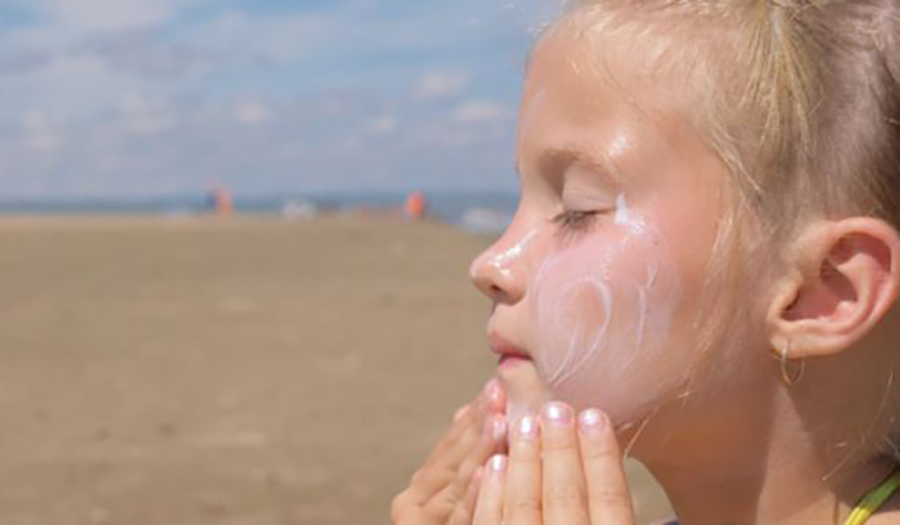Although specialists continue their efforts to state the dangers caused by exposure to the sun without adequate protective measures, sunburn will always appear at some point. And although these skin lesions are usually mild, it is important to know how to act if they occur.
The most painful burns, and that often have a slower healing, are those that affect the back of the legs, in the area of the tibia. But although sunburn is usually mild (first and second grade), it can also cause fever, chills, nausea, skin rash, weakness and even shock - such as a thermal burn - if the affected area is extensive.
SUNBURN: WHAT TO DO
In the event of sunburn from excessive sun exposure or inadequate protection, it is important to:
• Drink plenty of water.
• Cool the lesion with running water at room temperature for several minutes or apply moisturizer. Do not use ice, it is counterproductive.
• Aftersun lotion contains soothing ingredients such as aloe vera, which relieves the lesion. But it is better not to use the ones that have a large amount of perfume or menthol, as they can irritate more. It may also help to leave the product in the refrigerator for a while, before applying it.
• Avoid ointments and lotions containing local anesthetics (benzocaine) and other sensitizing drugs, as they cause irritation and increase the risk of dermatitis from allergic contact.
• If the skin has blisters, do not use oil-based products. They can block pores, not allowing the heat and sweat to escape and therefore cause infection.
• It is very important to let the skin rest several days before being exposed to the sun again, until the burned area has recovered.
• Over-the-counter medications such as ibuprofen or acetaminophen can be used to treat pain.
Cesar Vargas
Journalist



